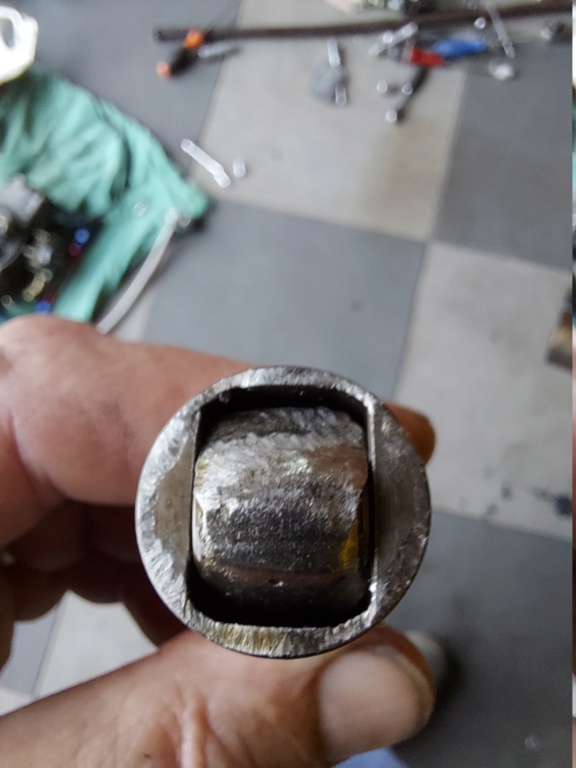I think you are mixing the cams.
The second crower cam is a 246/250;
your comp is a 248/248
the comp has a required CR of 10:1 vs 10,25:1 for the crower, so not a big difference.
The real big difference betwenn those 2 cams is the lift. The Comp has significant more lift which means its lobes are way more aggressive.
If that is what you like, go for it.
I think the tamer one, I suggested will live longer and will have more torque in the range of 2500 to 4500 which should be beneficial on the street.
And my point is, that a single pattern cam doesn't make sense in a 4v stock headed Cleveland.
That's why the only sure method is to try them both and pick the one that you think is best for you.
I've been doing this for over 50 years. One thing that I know for sure is that almost never will two people agree on which is the best cam.
It has a lot to do with what you expect from it and the reality of how you are going to live with it.
One curiosity that I did notice is that if you work with Ford eninges, there are several cams that have the same timing and lift events for both the Cleveland and the 427's.
Often a 113° is recommended for the 427 for the same reason. The exhaust restriction in the head.
It is kind of hard to do an "Engine Masters" comparison test by yourself for sure, but in the end result it will often just show something like a 10 or 15hp difference so particularly in a street car where ultimate hp is insignificant since you are just competing with yourself.
The same engine in a Mustang v Pantera is going to be just a little different because of the exhaust systems. If you are going to dyno, then you need to dyno through the exhaust that you intend to use on the car.
It should also be mentioned that in the case of the Pantera, the gearing in the ZF makes it more important where the torque curve comes on and how much power you are going to have in 5th.
You need the Drag Race dyno to create that kind of a comparison test. Let's call in NASA?
Even then, don't be surprised if you start modifying the exhaust? An example here would be the ability to use a 180° system in the Pantera, or even just changing the size of the header primary tubes on a "stock" Pantera or a GTS header not to mention the mufflers?
I think ultimately that yes, one of those cams pointed out here will be the selection. I'd rather have the "owner" decide rather then me. I don't want to be blamed for his disappointment. It really isn't as simple as it seems to be on the surface .
I DO NOT profess to be THE expert. Not at all. Just sharing my experiences which I do admit are limited. It isn't "Everything Everywhere all at once" but that is what often is being suggested. That is just fiction.







